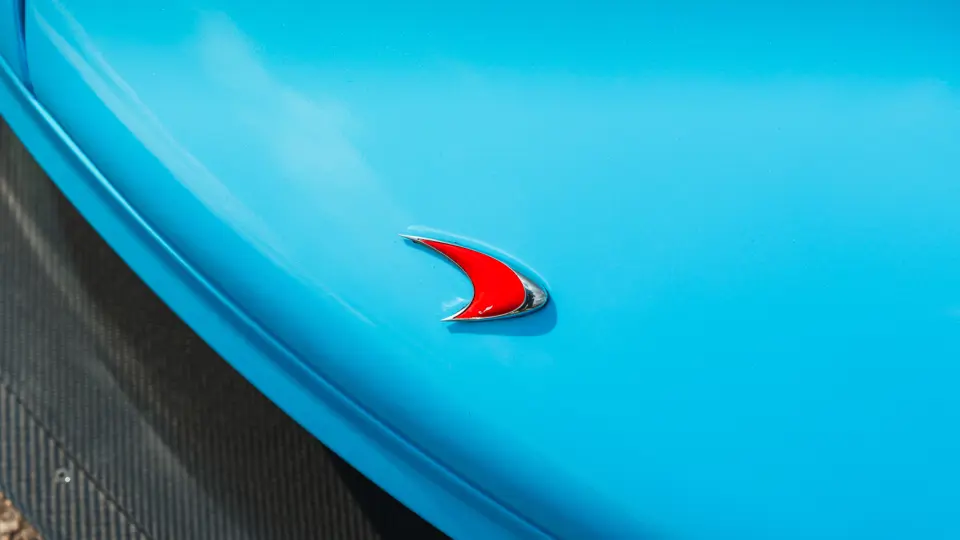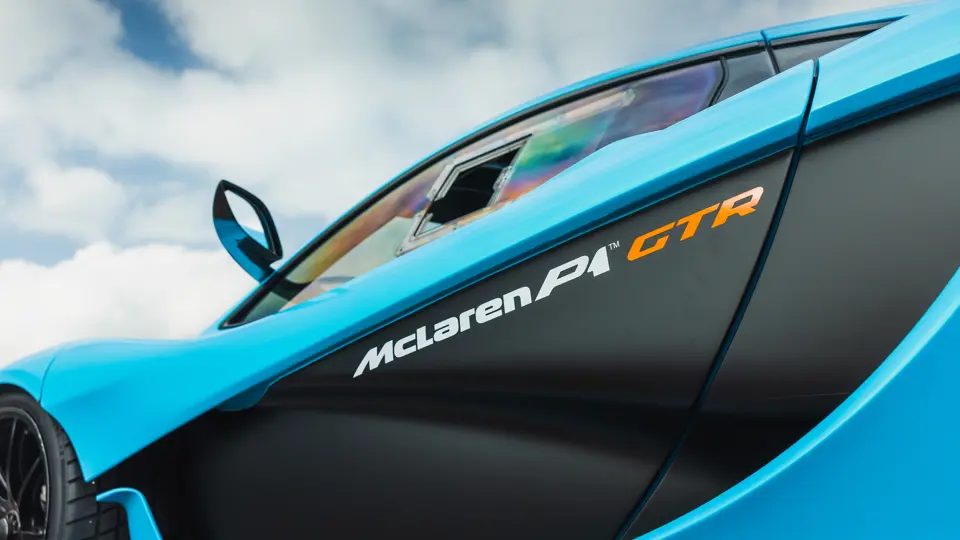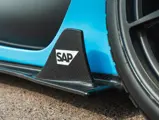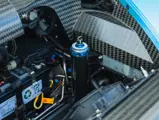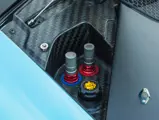
2015 McLaren P1 GTR
{{lr.item.text}}
£1,310,000 GBP | Sold
{{bidding.lot.reserveStatusFormatted}}
- The 14th of only 58 examples produced
- Finished in brilliant Iridium Blue with satin black accents
- Excellent condition throughout with only 6,698 kilometres on its odometer at the time of cataloguing
- Enjoyed on private track days and regularly serviced by McLaren through its P1 GTR programme
- Unequivocally one of the most exciting cars of the 21st Century
Introduced at the 2015 Geneva International Motor Show, the McLaren P1 GTR commemorated the 20th anniversary of the McLaren F1 GTR’s watershed victory at the 1995 24 Hours of Le Mans. All available build slots were offered exclusively to the 385 owners of the roadgoing McLaren P1. In a similar vein to how Ferrari further distilled the FXX from the Enzo, the P1 GTR was designed from the outset to be the ultimate expression of the P1. It was honed and perfected for its owners to enjoy on the racetrack, free from any constrictions imposed by making a car legal for road use. Owners were offered access to McLaren technicians and engineers at driving events, as well as McLaren’s own racing simulators and driver fitness team.
True to the company’s legendary engineering ethos, the P1 GTR’s enhanced performance exceeded the sum of its parts, with relatively minor modifications combining to deliver a much greater effect. The model is notably faster than its forbear, having bested the original P1’s lap time at the Losail International Circuit by a full seven seconds.
The GTR’s engine is based on that of the P1, utilising the same twin-turbocharged 3.8-litre V-8 in tandem with a powerful electric motor whose prodigious torque eliminates any form of lag while the turbos are off boost or spooling up. But with the introduction of upgraded elements such as a high-flow exhaust system made of titanium and Inconel alloy, the GTR engine develops a whopping 986 brake horsepower, providing a dividend of 83 additional horses. This output also equals 1,000 PS, a metric nearly matching the Bugatti Veyron’s performance at a fraction of the weight, to lend some perspective.
Mated to a seven-speed paddle-shifted dual-clutch gearbox, the engine is capable of pushing the GTR from 0 to 60 mph in a reported time of just 2.8 seconds, with an electronically limited top speed of 217 mph (although official performance figures have never been released). Needless to say, even a decade later these metrics would remain extremely competitive.
In addition to its upgraded engine, the GTR featured a number of improvements to the original P1’s chassis. While the GTR shares the original model’s Monocage carbon fibre substructure, it forgoes the road car’s heavier active suspension, instead utilising a fixed racing setup. Lightweight wheels shod in slick Pirelli tyres not only reduce un-sprung weight, but also considerably increase traction and grip, while a fixed, full-width, rear wing gives the GTR 10 per cent more downforce than the standard P1. Even the wing mirrors were relocated from the doors onto the A-pillars in pursuit of aerodynamic efficiency and improved visibility.
The cockpit largely echoes the original P1’s interior, although with an increased focus on weight savings and track applications. An exercise in the pursuit of lightness, the GTR interior features a single fixed carbon fibre bucket seat with a six-point harness, and a steering wheel modelled after the one Lewis Hamilton used to win the 2008 Formula 1 Drivers’ Championship. In combination these changes subtracted just shy of 50 kilograms from the roadgoing P1, despite the addition of a car-to-pits radio system, fire extinguisher, and onboard air jacking system.
When the P1 first arrived on the scene, in competition with similarly conceived hybrid performance flagship models from Maranello and Stuttgart, enthusiasts instantly wondered how it might translate into a dedicated track car. Given McLaren’s extensive experience in Formula 1 and sports car racing, including the development of its cutting-edge hybrid powertrain, the P1 is arguably the most successful of these attempts. By the end of its short production run, only 58 examples were built, sealing a measure of rarity for the prodigious track machine, as well. For the McLaren purist seeking a direct road-car-based connection to the company’s glorious Hamilton years, there can be no better realisation of those halcyon days than the remarkable P1 GTR.
CAR NUMBER 014
The featured P1 GTR is the 14th example of the 58 cars produced, and it is being offered now for the first time by its sole, original owner. According to a McLaren Automotive invoice on file, chassis number 014 was specified for Great Britain and finished in Iridium Blue, with a final price tag of £2.376 million.
The McLaren was immediately preserved with the application of a bespoke racing exterior wrap. The owner then enjoyed the GTR at events within the Pure McLaren global racing programme between 2018 and 2022, including appearances at Mount Tremblant, the Circuit of the Americas, Bahrain, and Silverstone.
Exceptionally well maintained, the McLaren received a fresh exterior wrap in October 2025 in preparation for the current offering, now presenting in blue metallic with satin black accents. The odometer reading confirms just how little the car has been used, displaying only 6,698 kilometres at the time of cataloguing. Furthermore, a maintenance schedule on file suggests that the current gearbox and HDA clutch have accrued only 2,221 kilometres; the current suspension components and driveshafts have accrued only 1,397 kilometres; and the current HV battery has accrued only 3,067 kilometres. Needless to say, these low figures suggest that the car offers many miles of future track enjoyment. Furthermore, the consigning owner, who is an experienced track driver, notes that the P1 GTR is his favourite car.
Documented with its original sales invoice, this McLaren P1 GTR is unequivocally one of the most exciting cars built thus far in the 21st Century and, given its extreme rarity and exclusivity, will be of immeasurable interest to marque enthusiasts and supercar devotees—particularly those wishing to take full advantage of its capabilities on the racetrack, as McLaren intended when engineering this masterpiece.
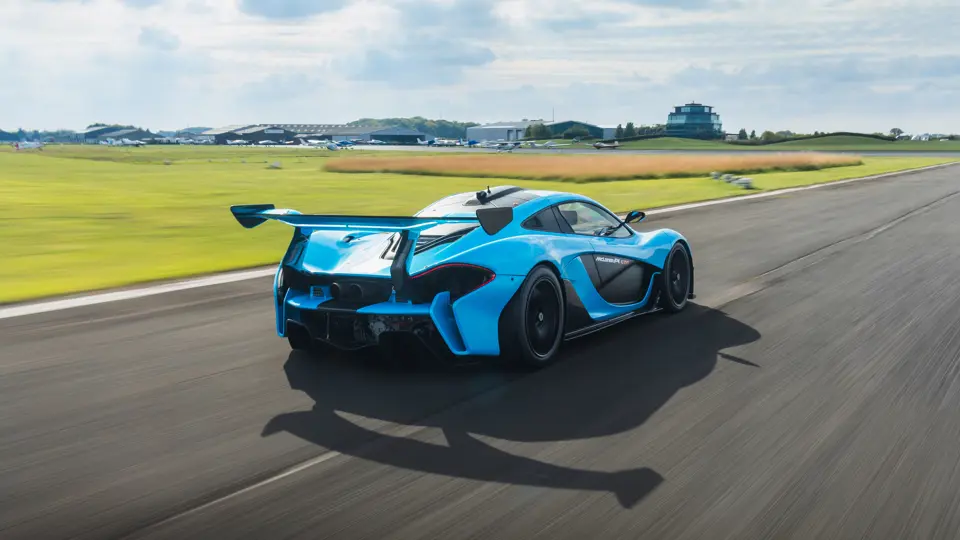
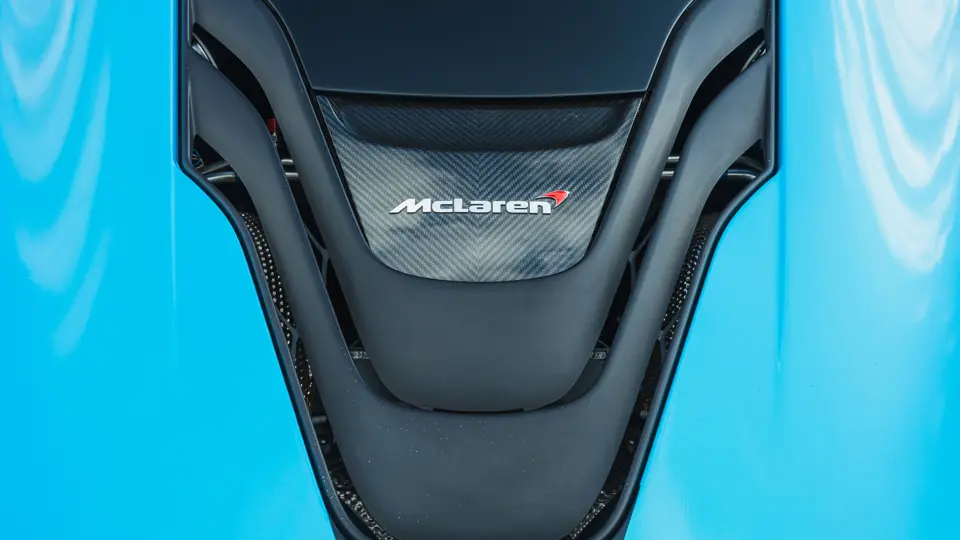
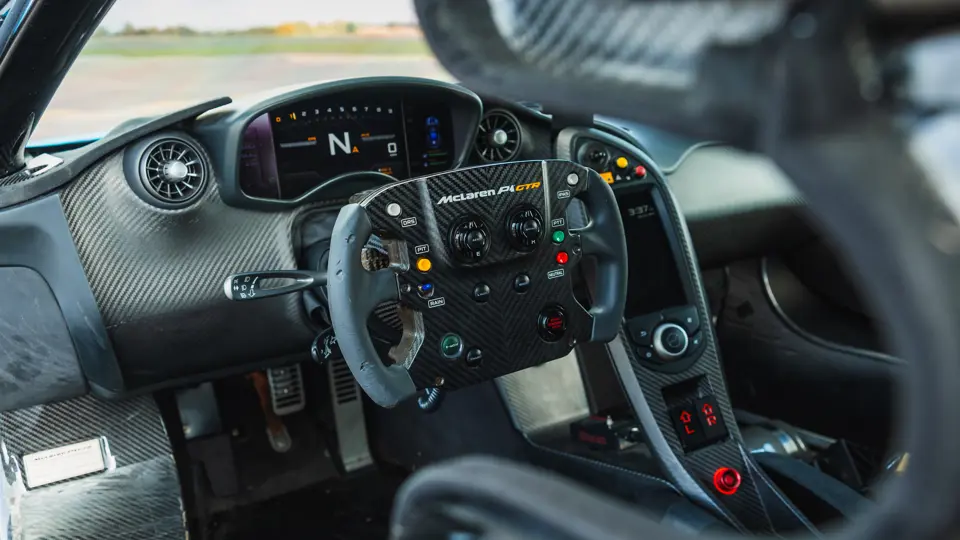


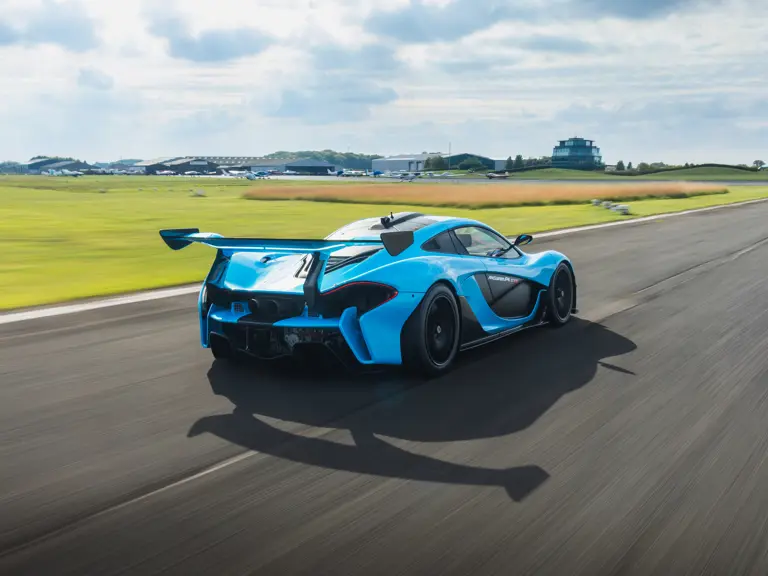
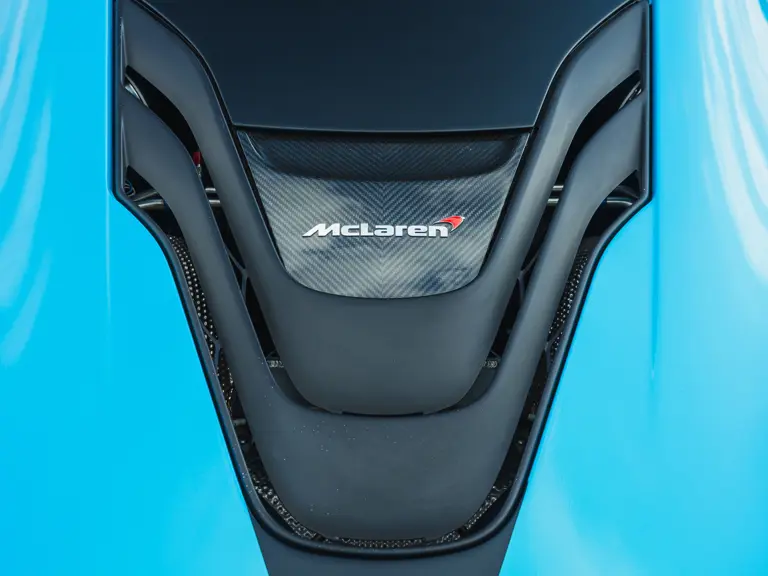
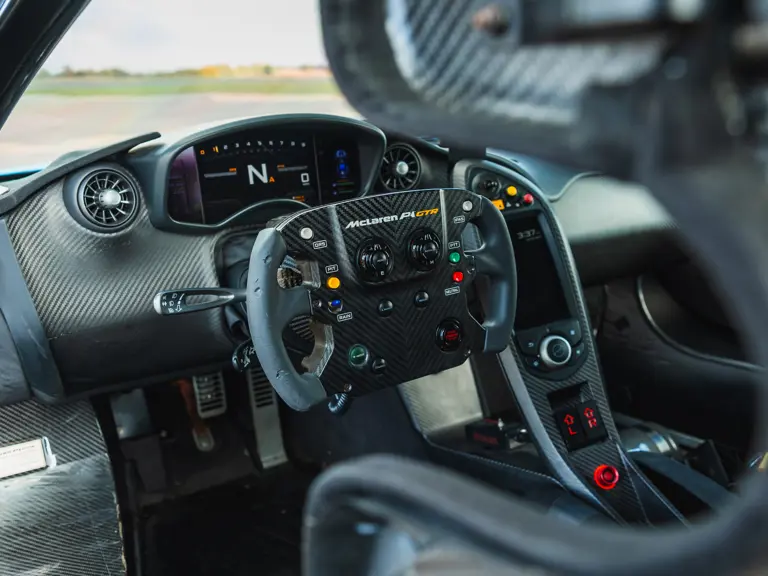

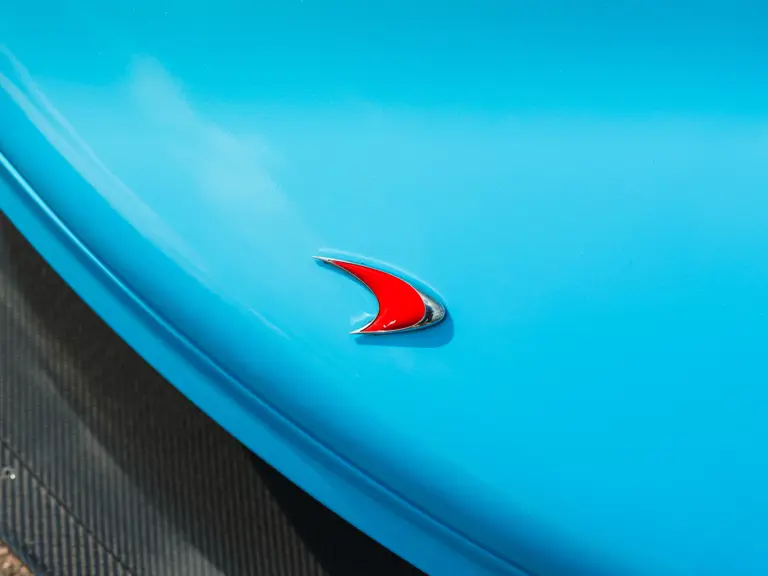
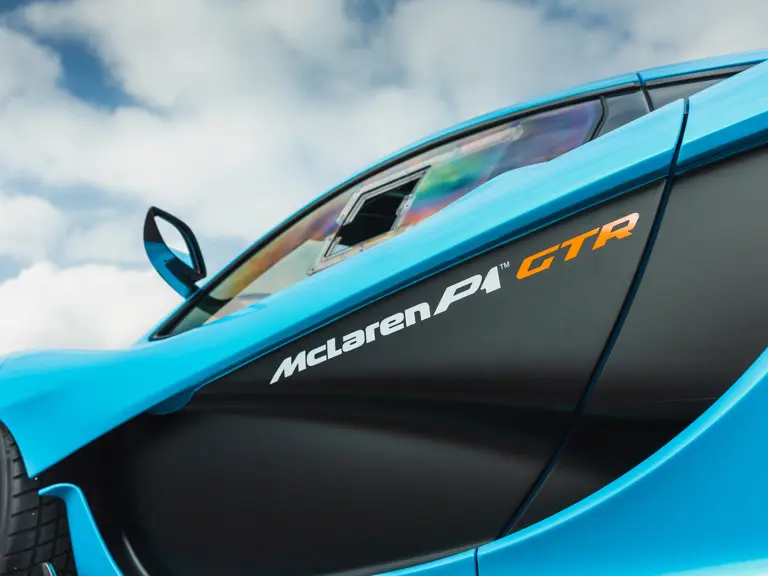
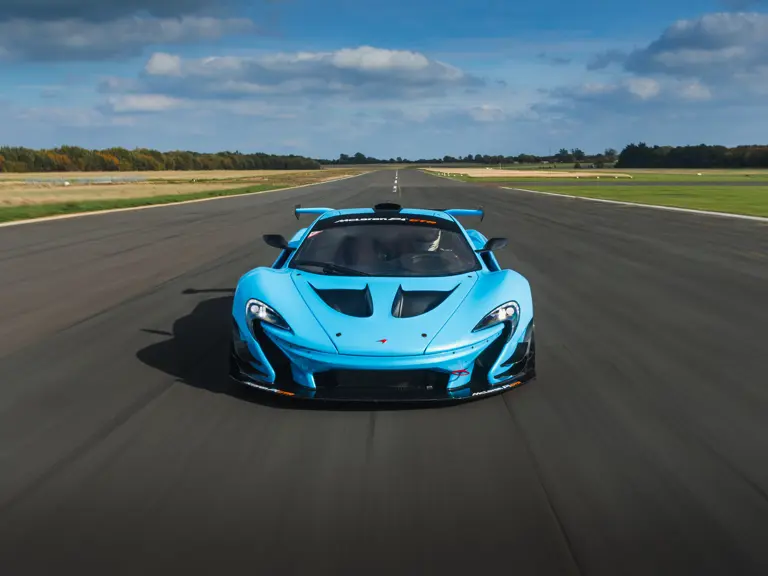
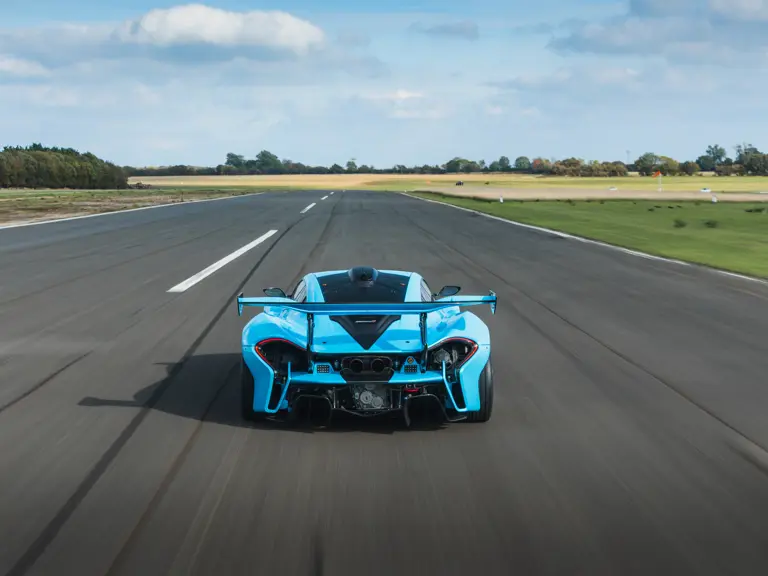



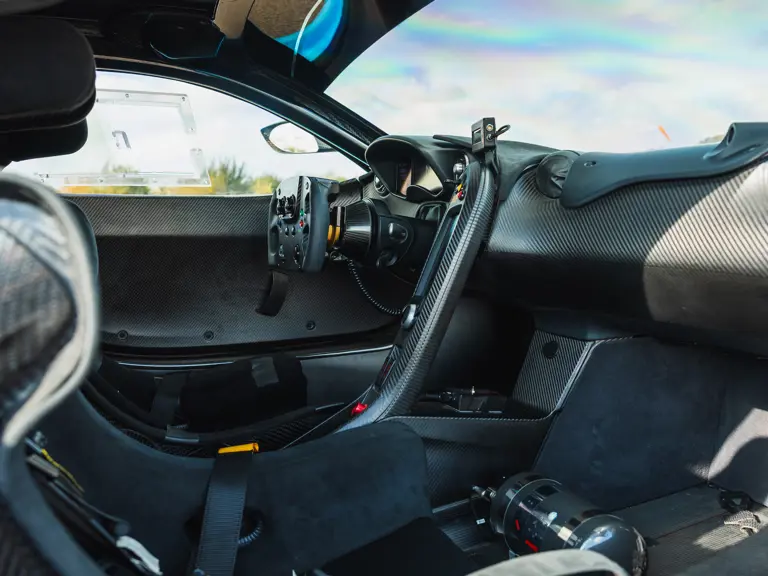
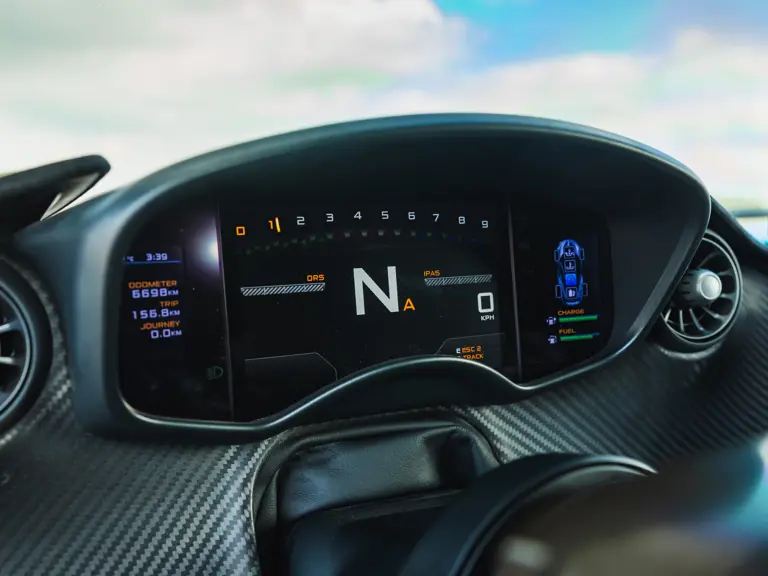
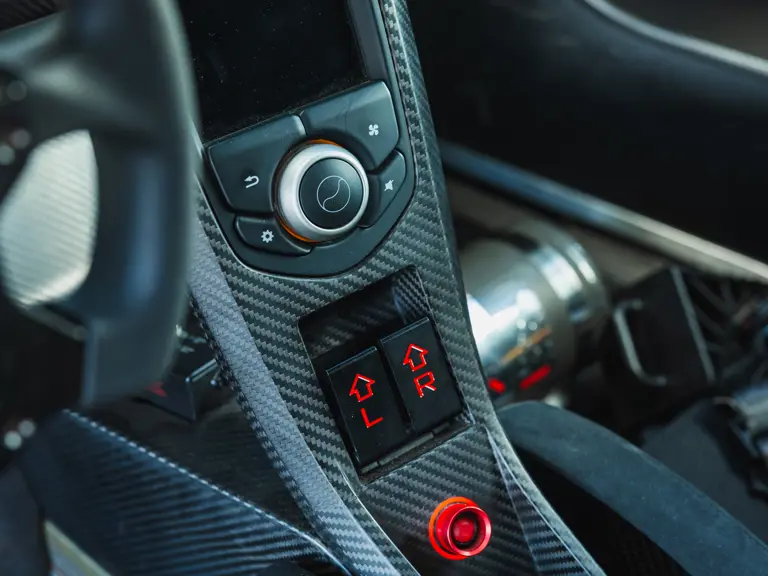
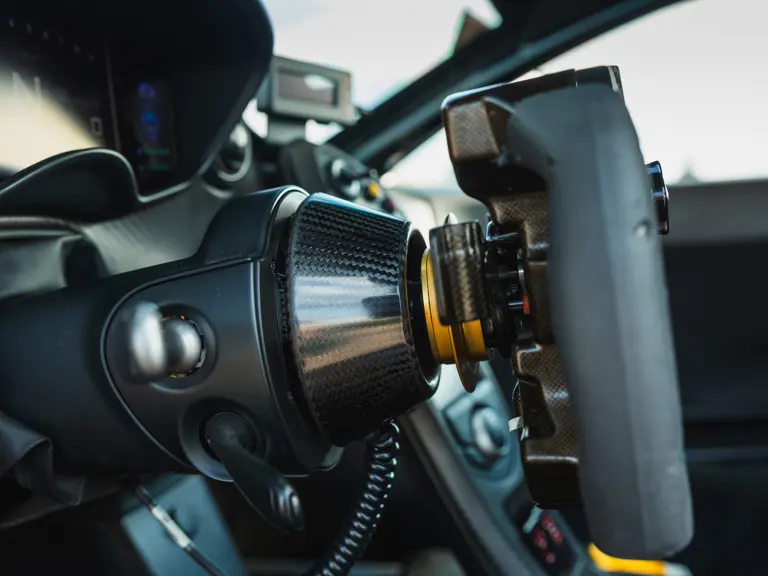
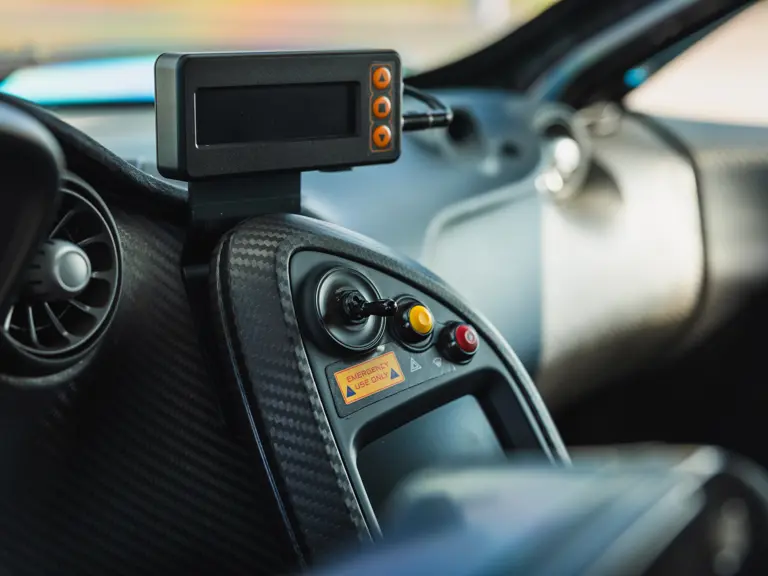
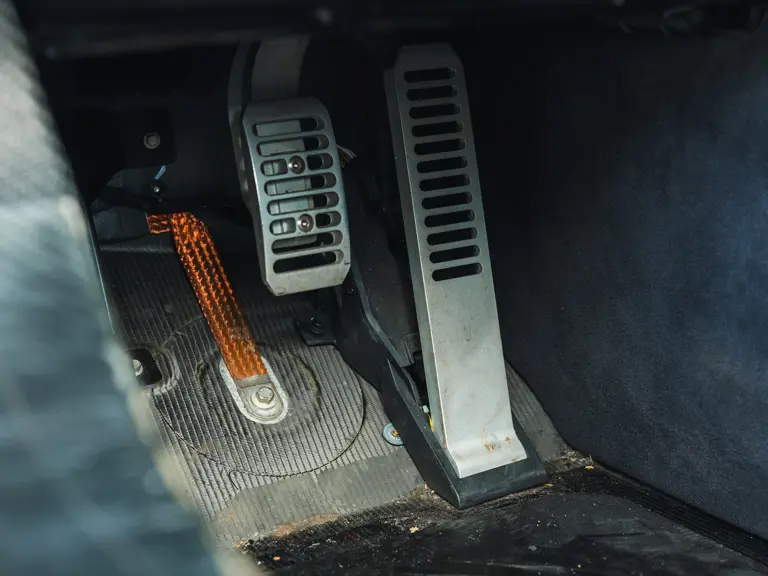
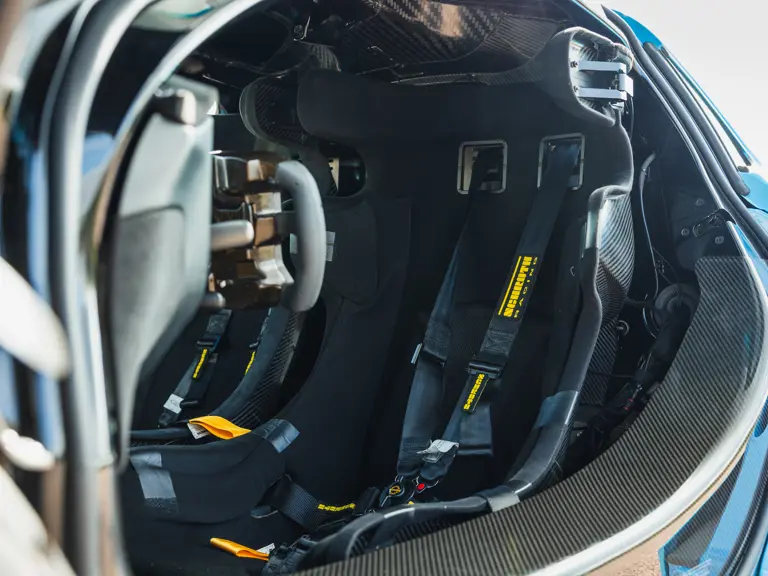
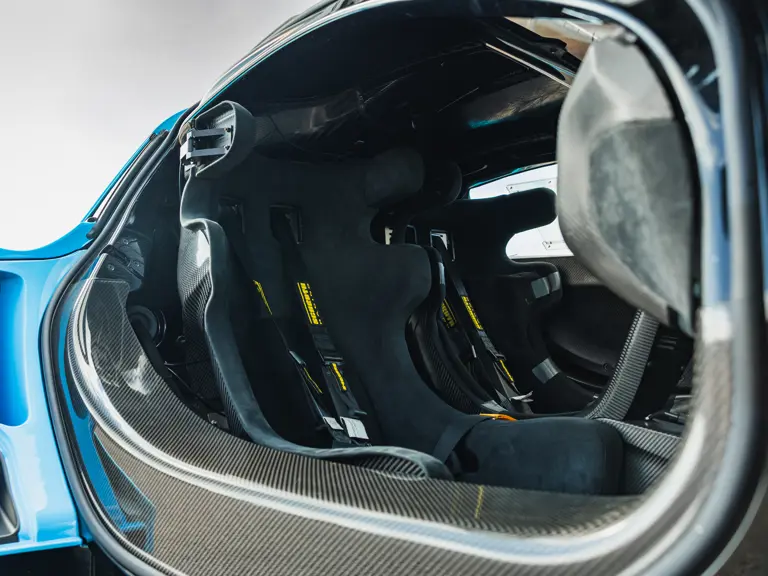
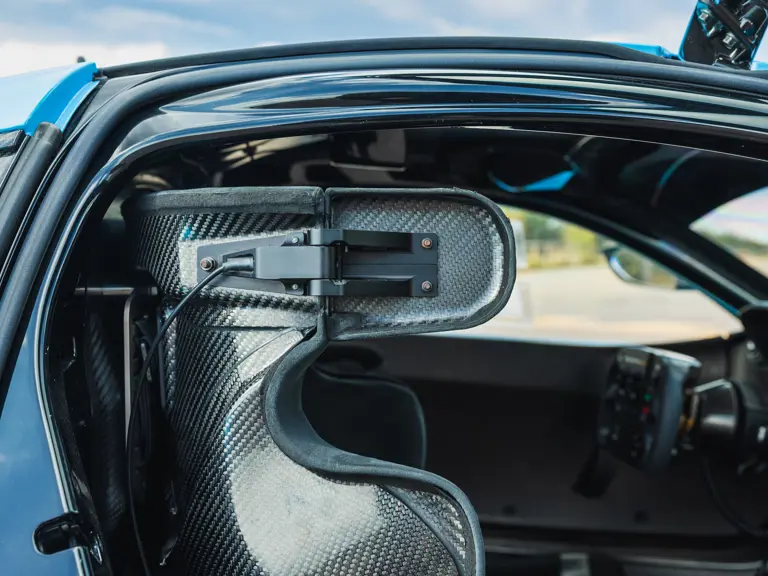

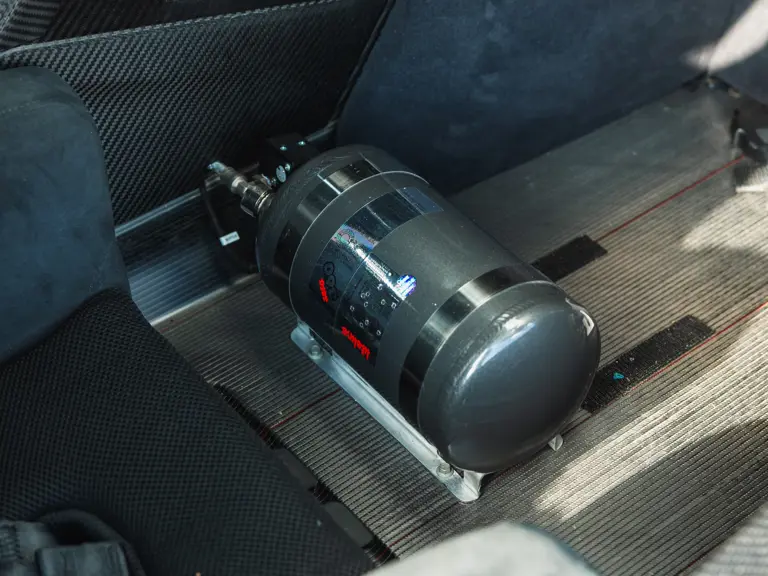
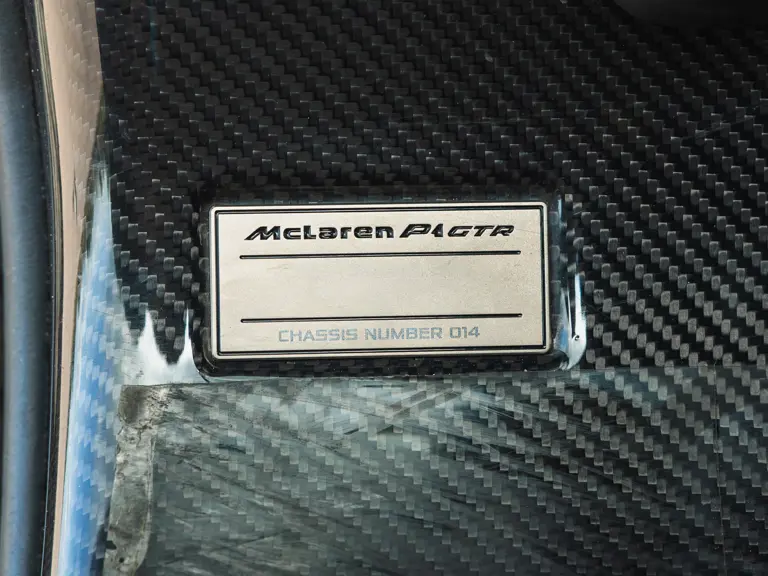
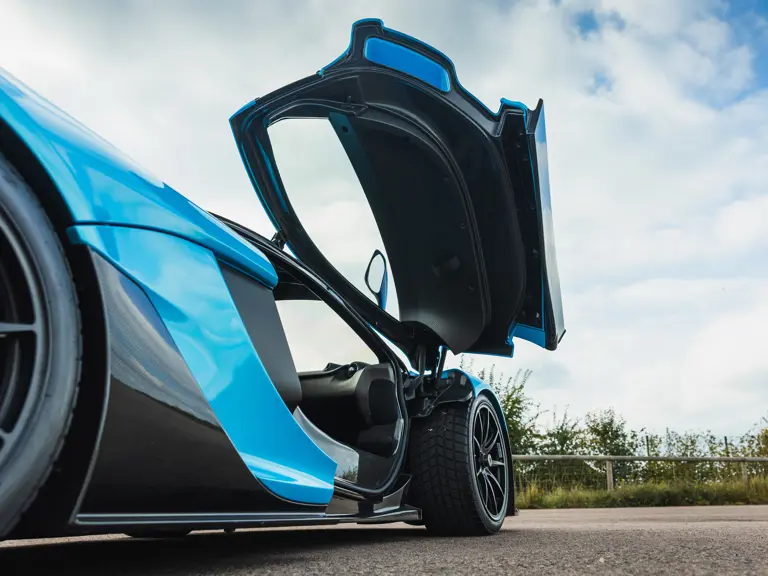
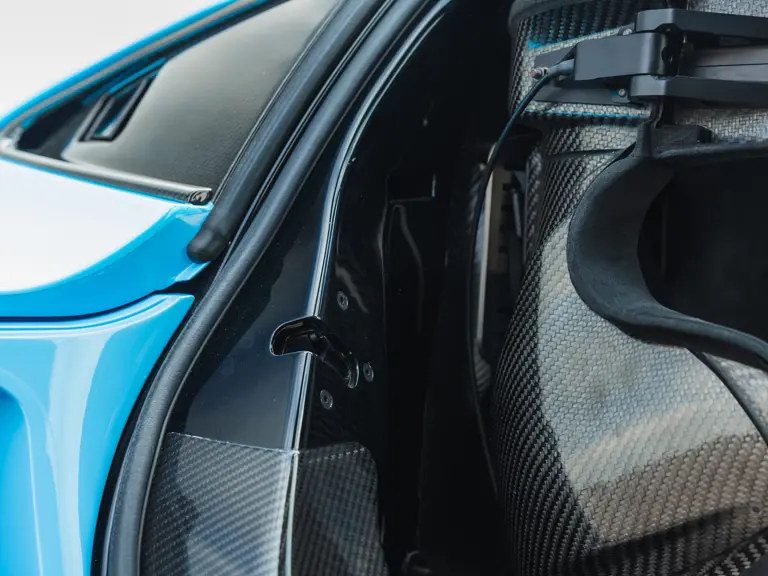
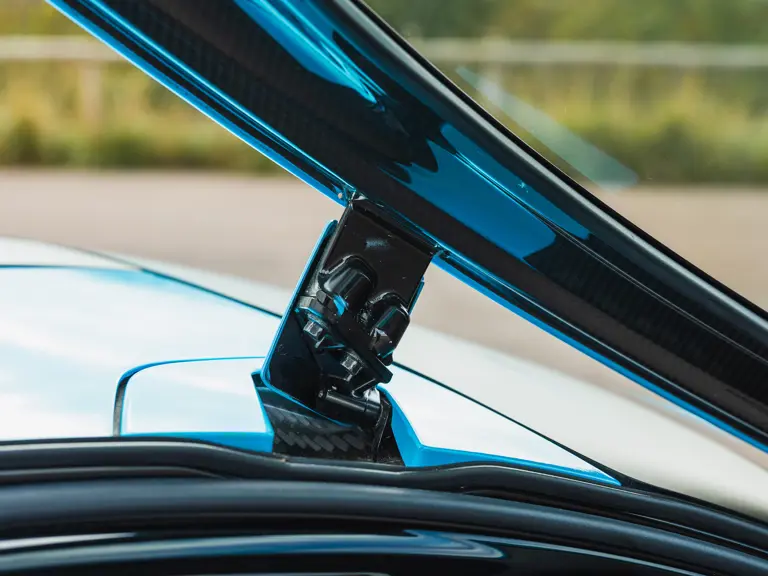
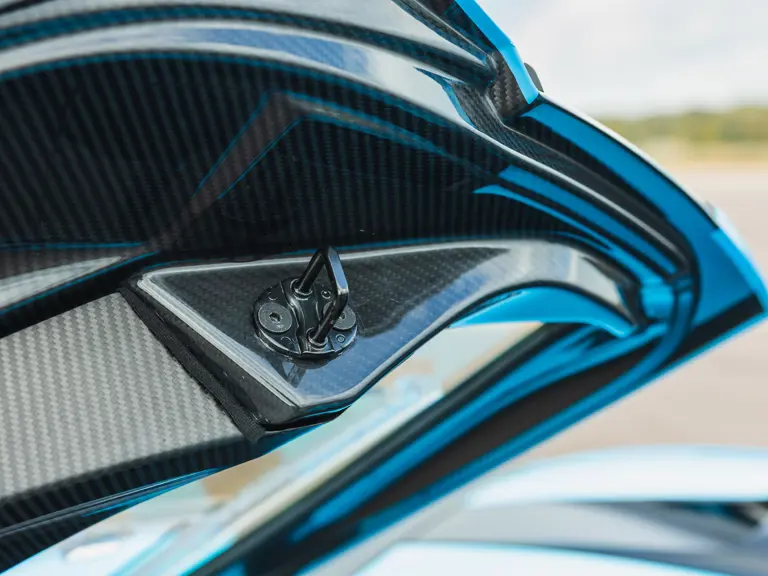
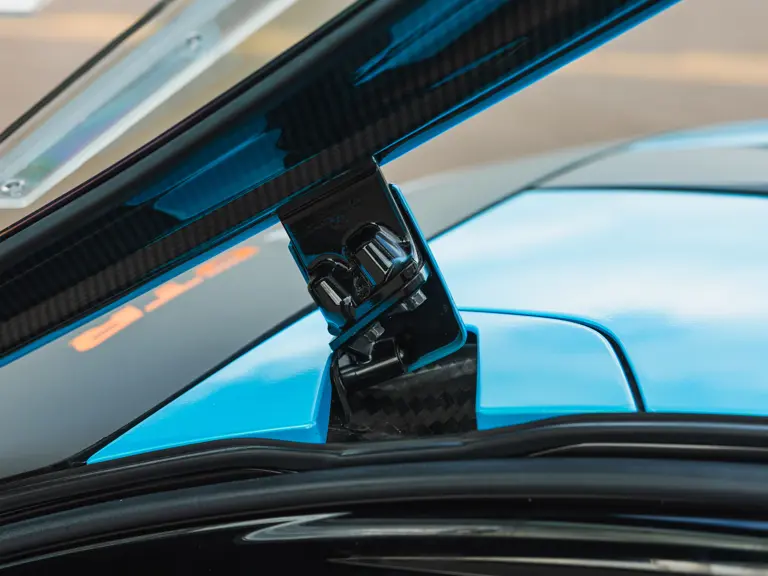
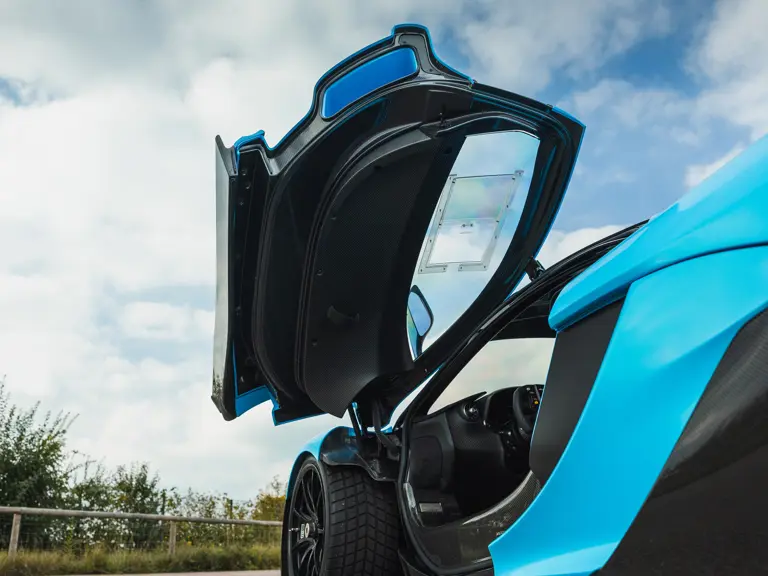







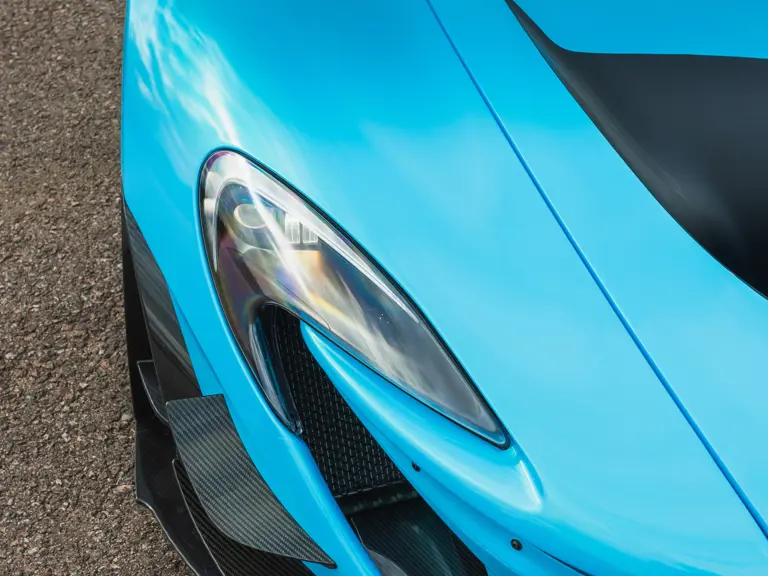
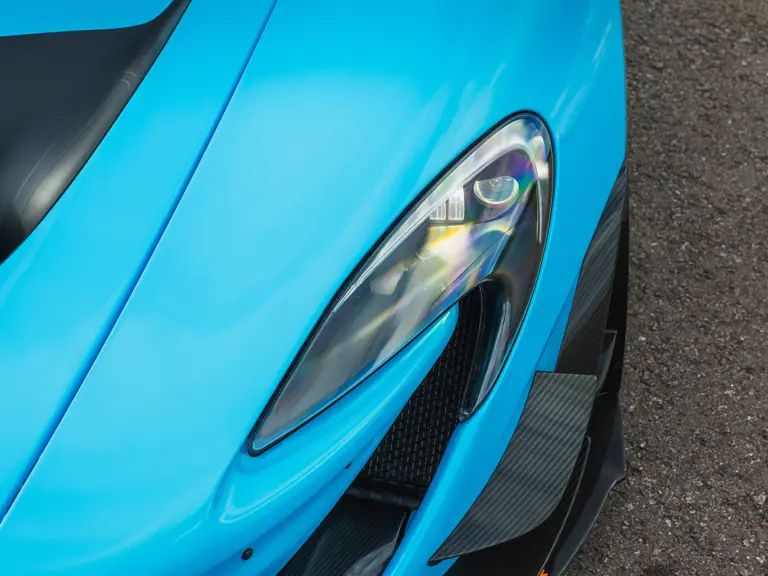
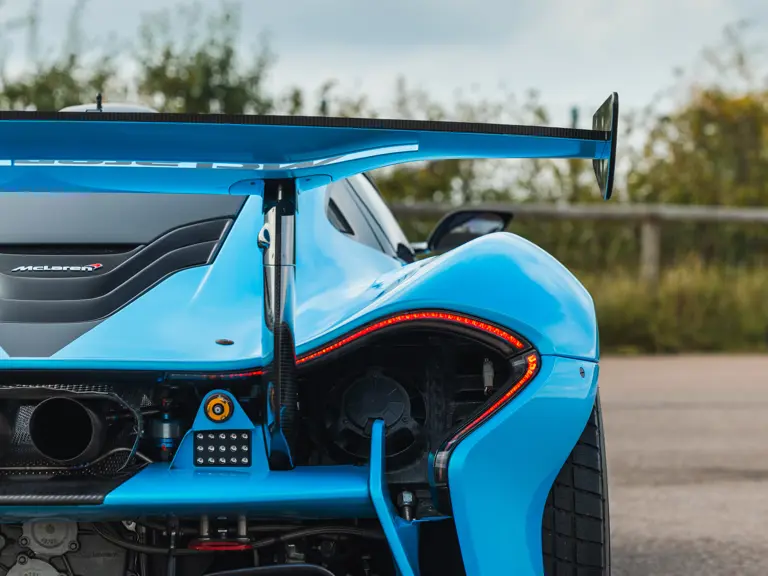
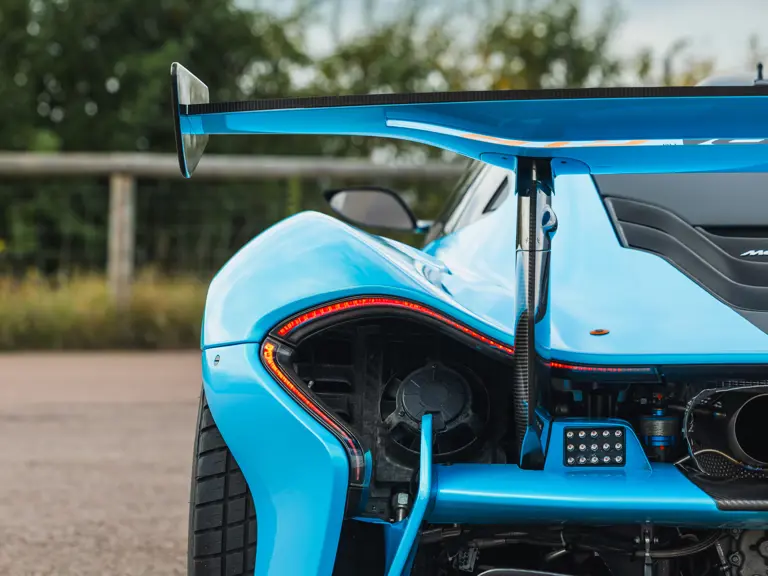
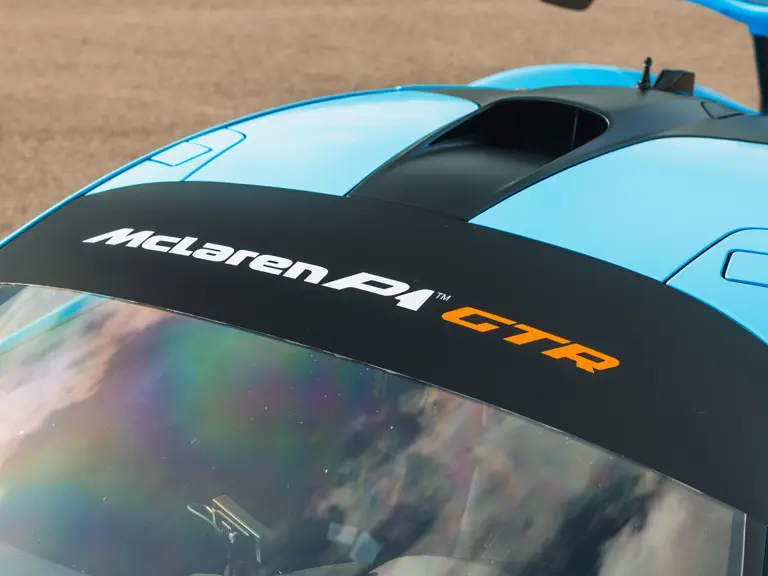
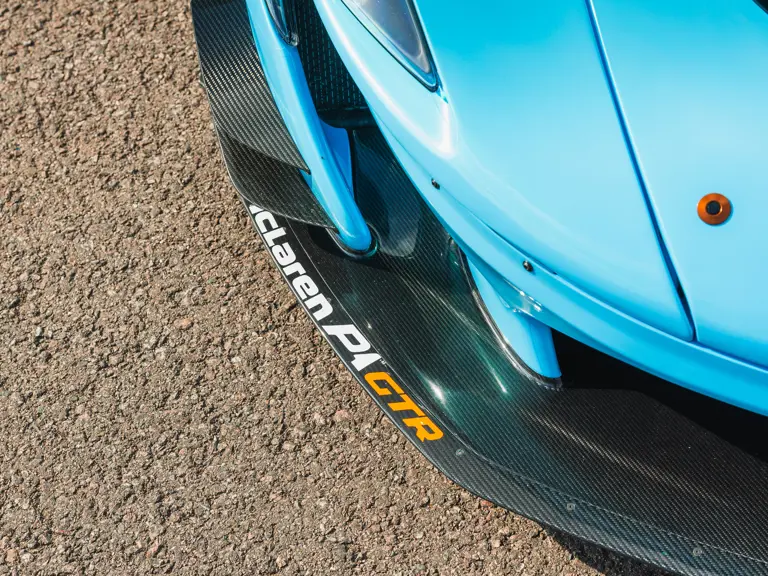
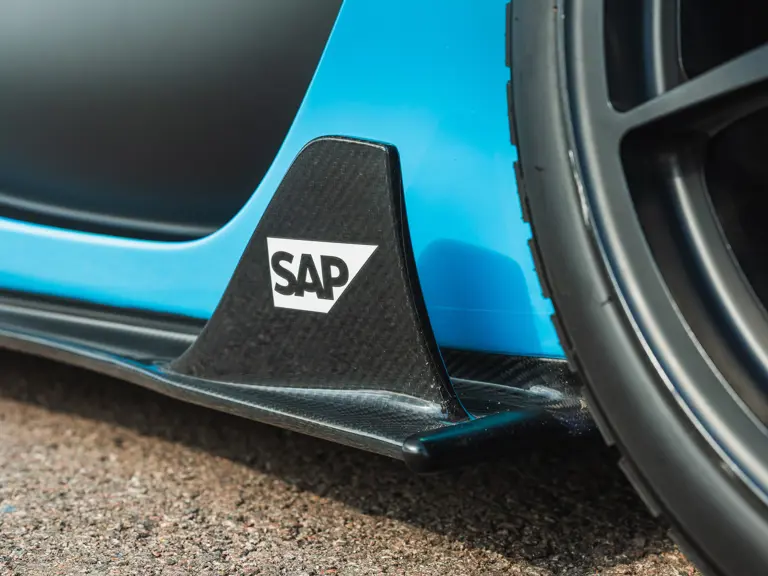
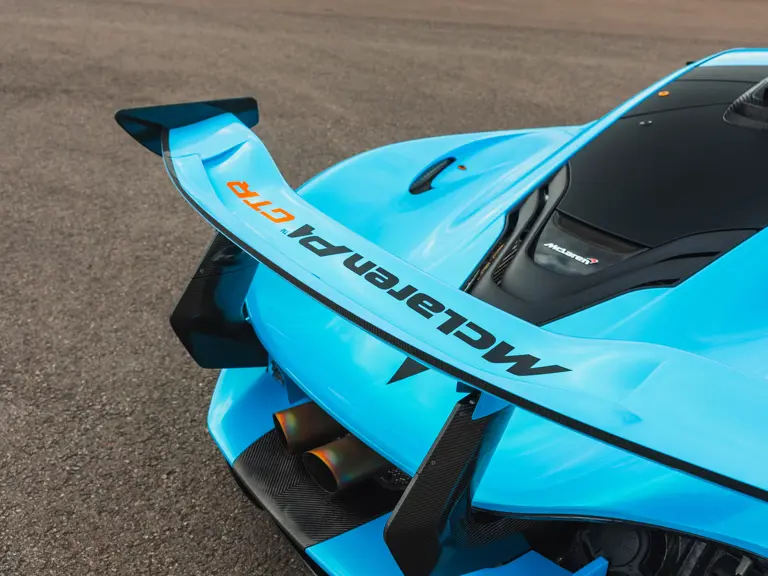
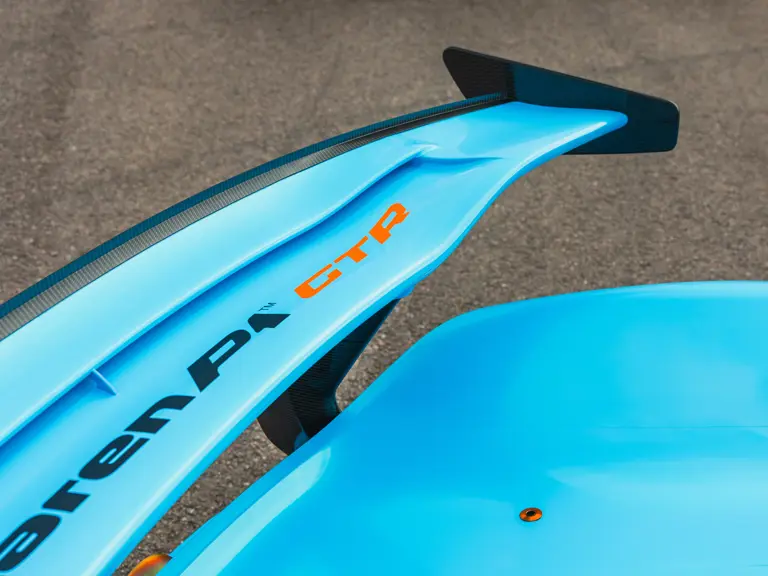
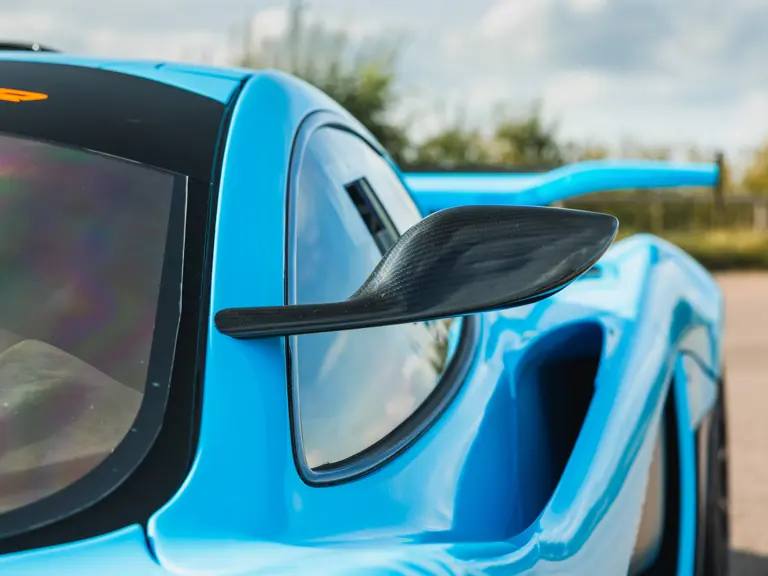
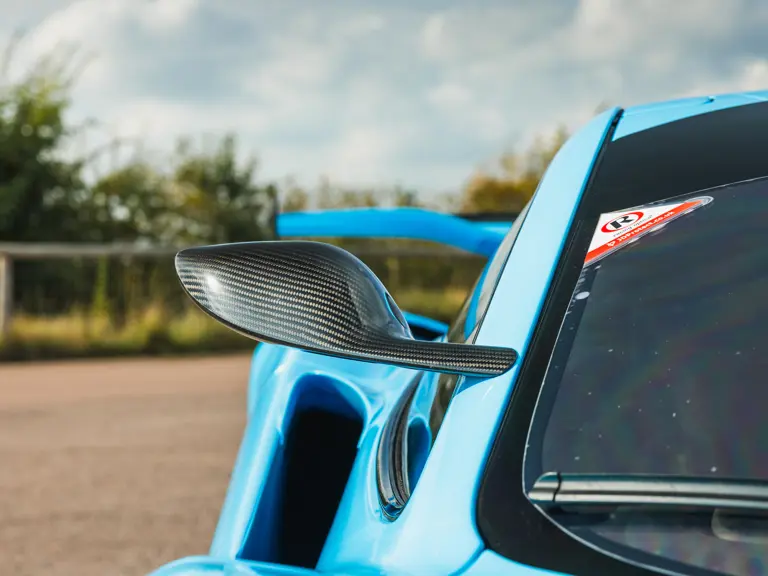
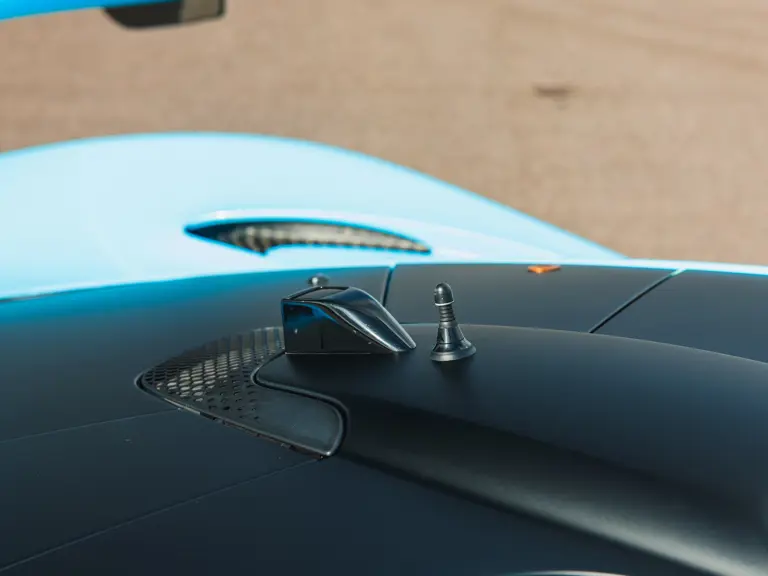
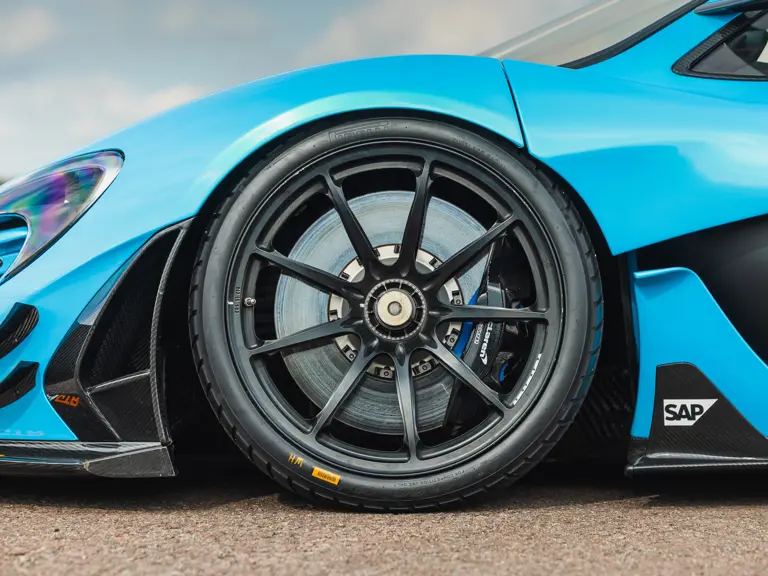

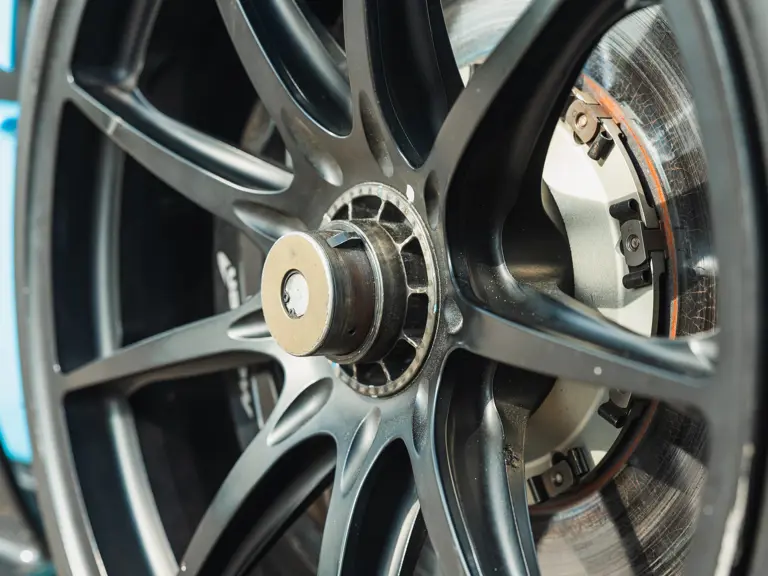
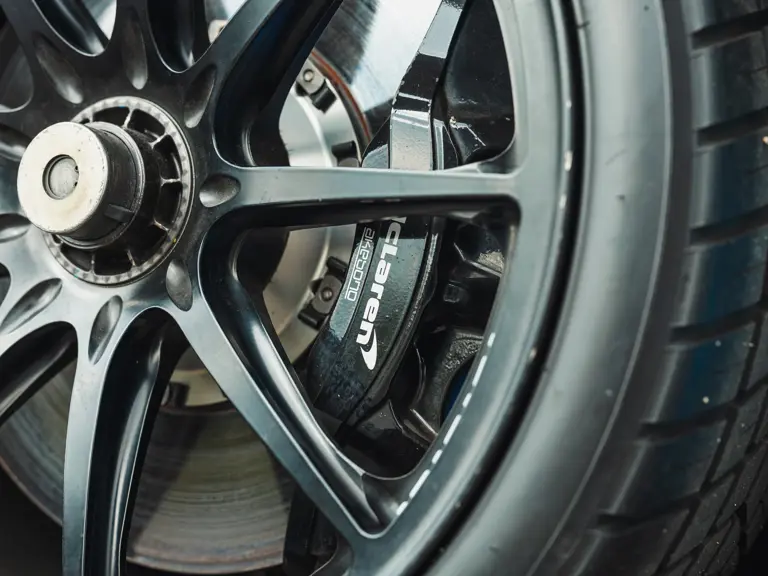
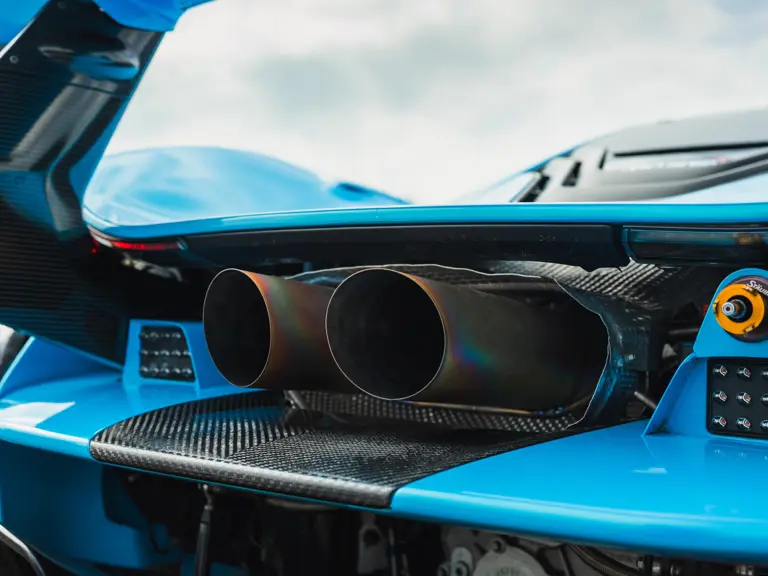
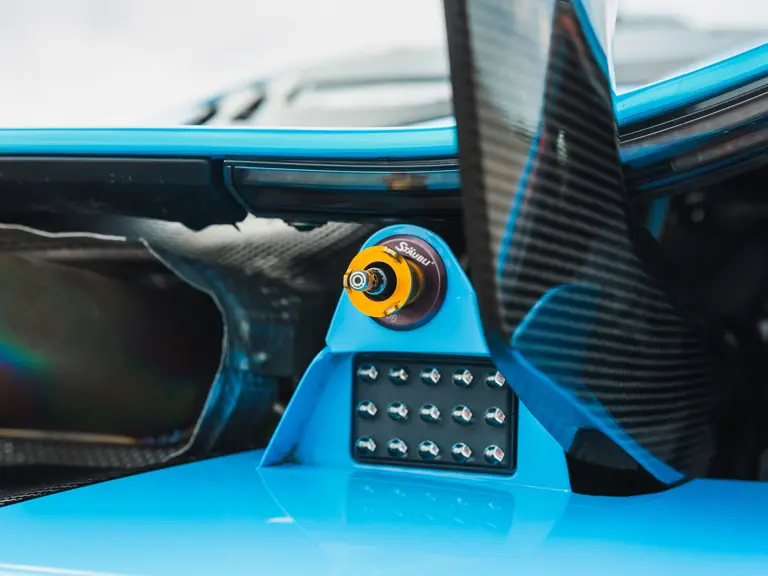
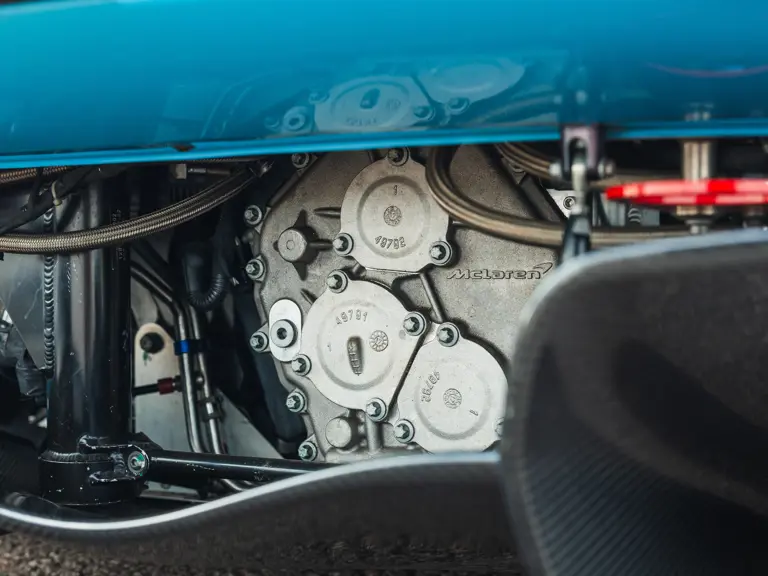
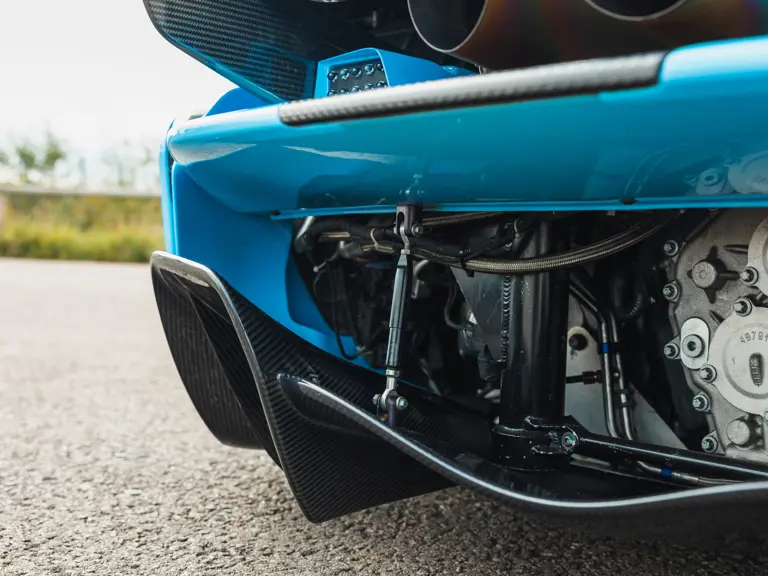

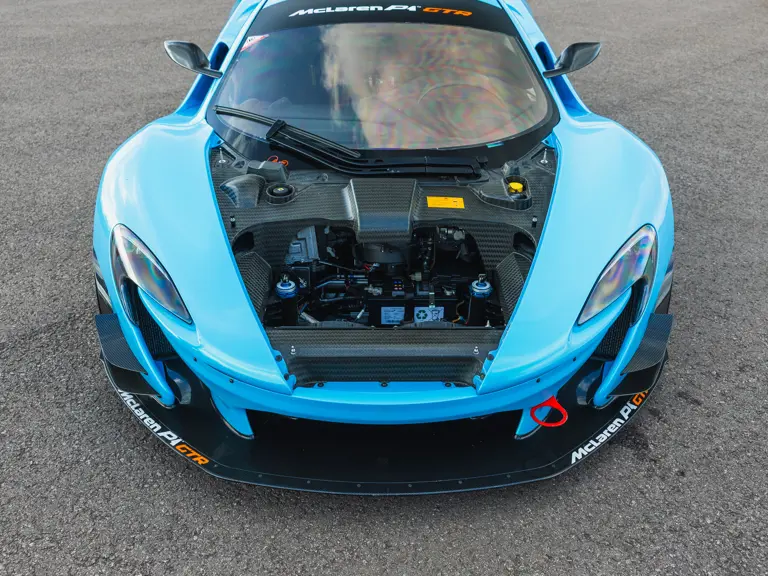
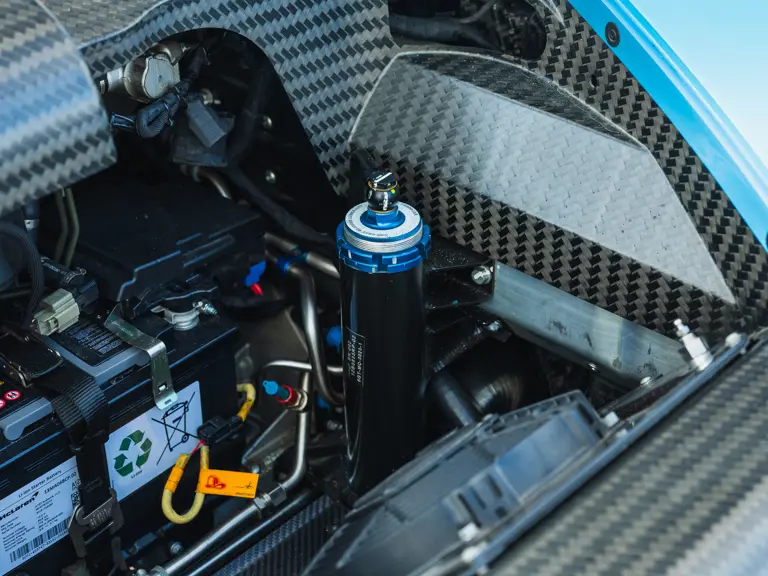
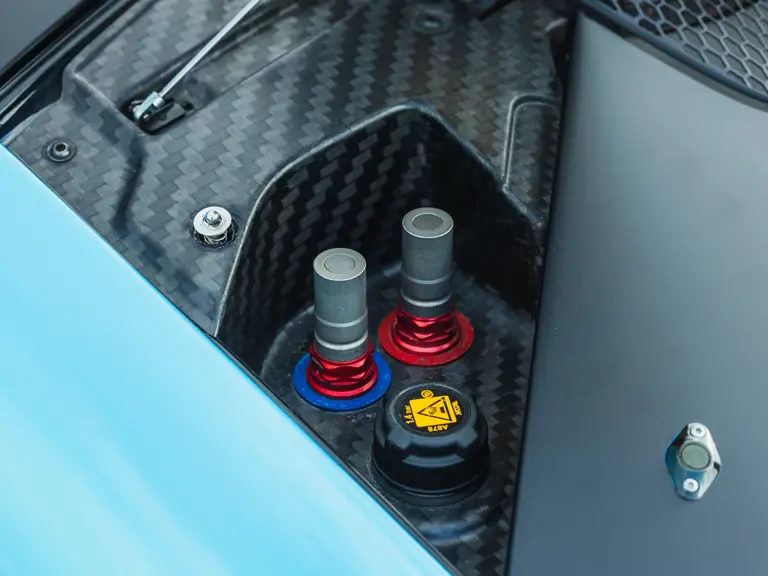
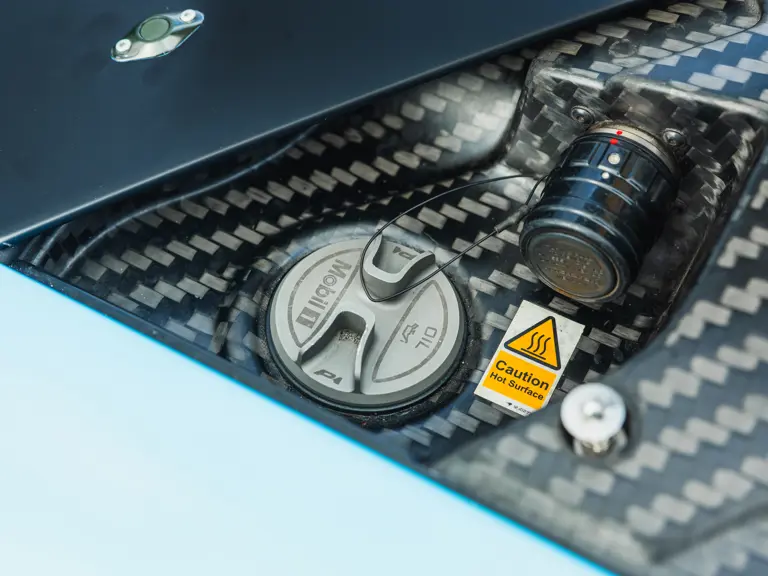
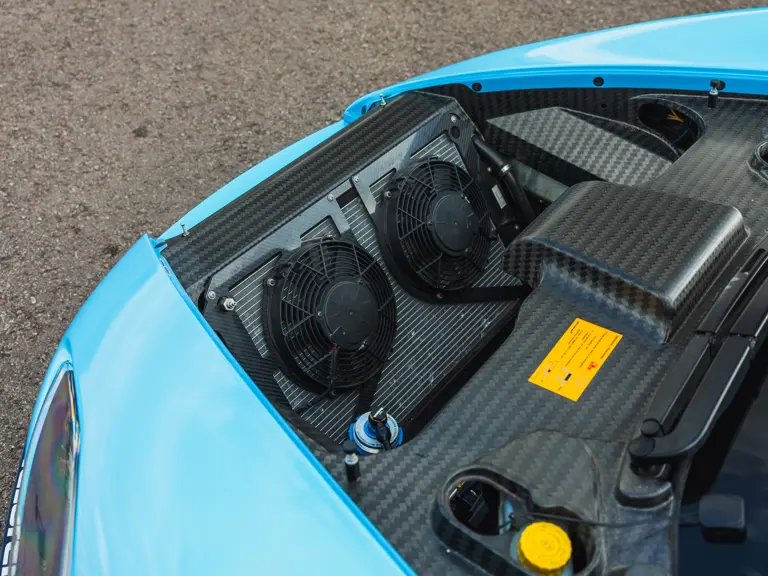
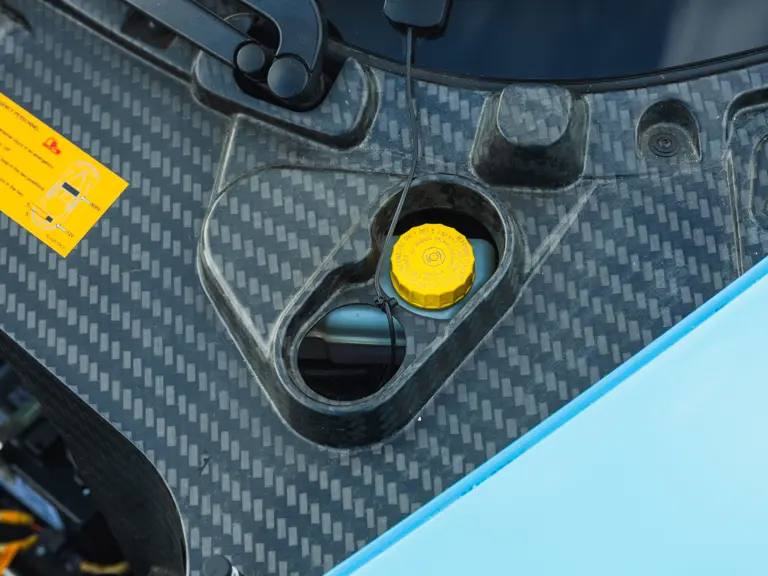
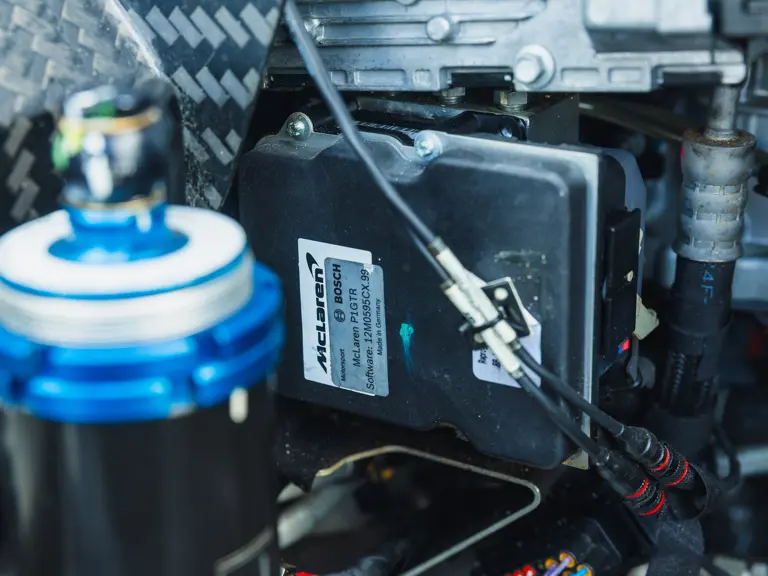
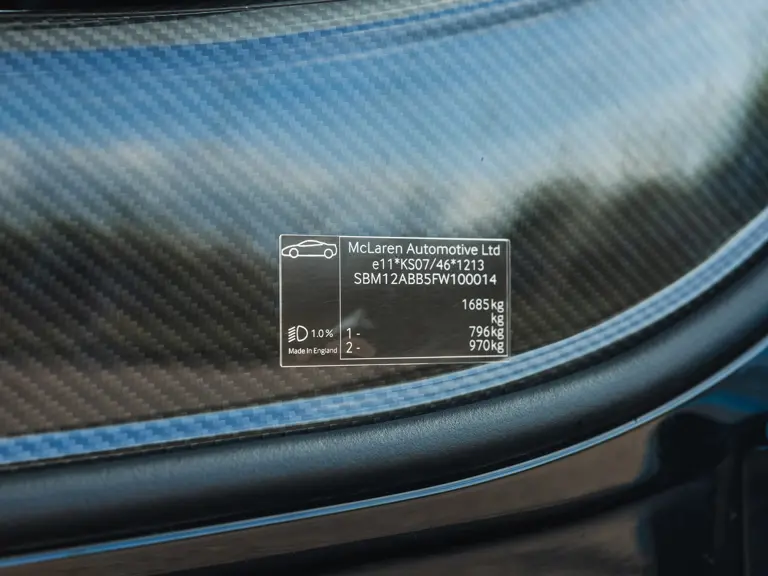
 | London, United Kingdom
| London, United Kingdom

